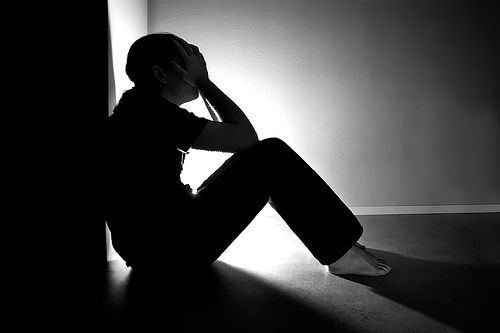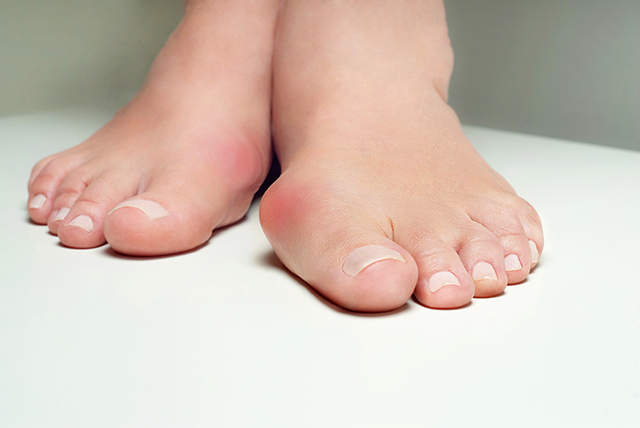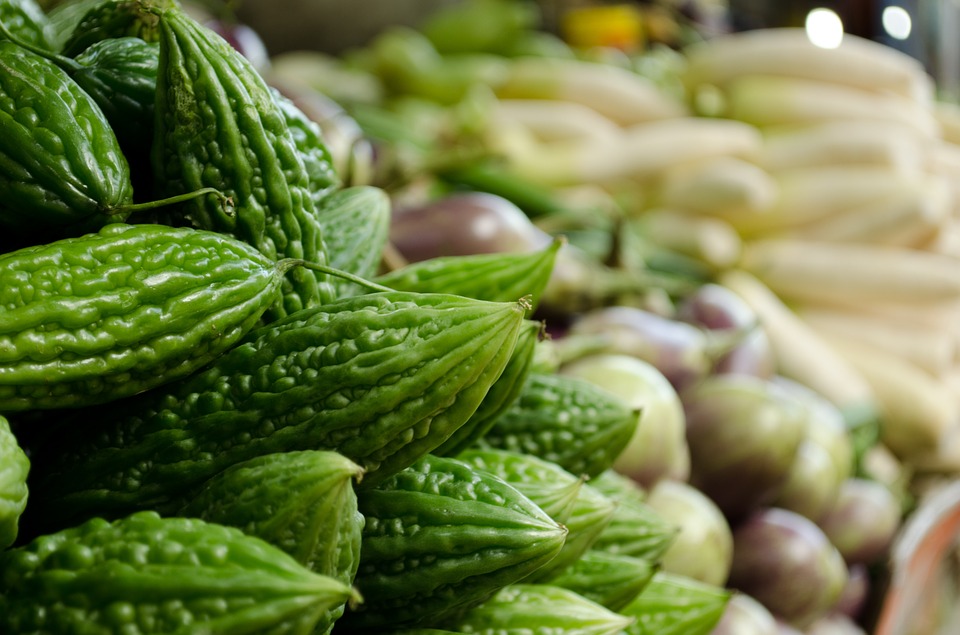Environmental scientist predicts 95% chance that another earthquake will hit Fukushima, causing total extinction of Pacific and West Coast
07/30/2015 / By Greg White

Award-winning scientist and environmental activist David Suzuki issued an ominous warning about Japan’s Fukushima plant, saying another big quake would decimate Japan and affect the entire West Coast of North America.
In 2011, a magnitude-9 earthquake sparked a tsunami that laid waste to the Fukushima Daiichi nuclear power plant, destroying three nuclear reactors in all and severely damaging a fourth reactor.
“Fukushima is the most terrifying situation that I can imagine,” Suzuki said at 2013 symposium on water ecology at the University of Alberta in Canada. “The fourth [reactor] has been so badly damaged that the fear is if there’s another earthquake of a 7 or above then that building will go and all hell breaks loose,” he said, adding that a magnitude-7 earthquake or greater is more than 95 percent likely to occur within the next three years.
Scientists predict when and where earthquakes may occur by the movement of plates in the earth and the location of fault zones. In addition, scientists can also try to predict when earthquakes may occur by looking at the history of earthquakes in a region, and where pressure is building along fault lines.
Reactor 4 a threat in more ways than one
Fortunately, engineers were able to remove the remaining 1,535 fuel rods from reactor number four late last year. The fuel rods were placed into dry casks, lowered to ground level and transported to a nearby storage site.
The operation carried several risks. Suzuki said that the Japanese government was too proud to seek international help in cleaning up the fourth reactor. Officials faced the daunting challenge of removing and transporting thousands of nuclear rods from Reactor 4 one by one. If two rods collided, then they would have released a massive amount of radiation. And if another tsunami happened to coincide with the cleanup, the results would have been devastating.
Support our mission and protect your health: Organic Seeds of Life combines Red Raspberry Seed Power, Black Cumin Seed Power and Red Grape Seed Powder into the most potent nutrient-rich supplemental superfood powder you've ever experienced. Loaded with flavonoids, antioxidants, anthocyanins, OPCs, ALA and a vast array of vital nutrients. Learn more here.
“I have seen a paper which says that if in fact the fourth plant goes under in an earthquake and those rods are exposed, it’s bye-bye Japan and everybody on the West Coast of North America should evacuated,” Suzuki stated. “If that isn’t terrifying, I don’t know what is.”
In an effort to prevent radioactive material from contaminating the groundwater and flowing into the ocean, TEPCO, the operator of the Fukushima station, has attempted to freeze the soil around the reactors. Suzuki claimed that TEPCO has been “lying through its teeth” about the extent of the radioactive leaks from the nuclear reactors and described the ice wall scheme as “cockamany.” The operation began last March.
A devastating earthquake likely to hit Japan before Fukushima cleanup is over
Suzuki has been criticized by the media about his credentials as a scientist. Despite these criticisms, many other scientists share Suzuki’s fears. Japan is subjected to devastating earthquakes approximately every 60 years. In addition, Japanese scientists announced in 2012 that there is a 70 percent chance of another devastating earthquake hitting Japan within the next 30 years. Furthermore, Dr. Masaaki Kimura, a seismologist who is reported to have predicted the 2011 earthquake, predicts that another major earthquake will strike Japan by 2017.
Suzuki’s prediction has yet to come to fruition; however, that does not mean that Japan is out of the woods, let alone water. The real threat stems from the melted radioactive fuel in Reactors 1, 2 and 3. Officials must keep the radiation cool; otherwise, it escapes and ensues another disaster. Optimistic estimates predict that it will take up to 40 years to clean up the power plant, which is more than enough time for a devastating earthquake to lay waste to Japan’s coast again and again.
Sources include:
Tagged Under: David Suzuki, earthquake, extinction, Pacific Ocean, West Coast




















